Curry refers to a variety of dishes originating from Asian countries such as India, Bangladesh, Sri Lanka, and other southern countries. One of the main features, which distinguishes curry from other kinds of food, is its complex combinations of spices, herbs, flesh and chillies (Nancie 8).
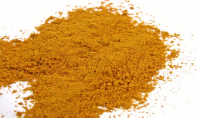
History of curry
The earliest recipe for spiced meat is believed to have originated from Babylon in Mesopotamia in the year 1700 BC. In India, archaeologists have discovered evidence dating back to 2600 BCE, indicating that the early inhabitants of Indus valley used fennel, cumin, mustard and other spices in their dishes. Outside India, Buddhist monks introduced spiced foods in Thailand, Indonesia, Philippines and china in the 17th century.
During the Mughal Empire, spiced food transformed with the addition of Persian cooking methods and ingredients (Lizzie 13). In the early 16th century, Portuguese traders introduced chilli pepper in India. Similarly, Portuguese explorers are thought to have introduced chilli pepper in Europe during the late 15th century. In Great Britain, curry has increasingly become popular since the early 1800s. Currently, curry is among popular food in most international cuisines.
Types of curry & trend of people for curry food
In Britain, there are various types of curries differentiated by the types of curry pastes and their combinations. Some of the most popular types of curries are, Balti, Biryani, Buhna, Dhansak and Dopiaza (Susanna 34). Balti is a British version served in most modern restaurants. Other types of curries are associated with Asian countries.
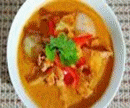
How curry is made
There are several methods of making curry; one of the most common and conventional methods is the Indian method (Ben 1).Using this version, oil is initially heated in a pan until it is hot. Under this step, care should be taken to prevent oil from smoking leading to creation of trans-fatty acids.
Secondly, coriander, cumin, chilli powder, cardamom, cayenne pepper and turmeric spices are added to the hot oil (Penny 58). As such, the amounts of ingredients added depend on the number of people to be served. Thereafter, ginger, onions and garlic are sautéed in hot oil. Finally, meat or vegetables are added into the pan and cooked to taste (Jacob & Ashkenazi 45).
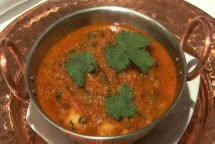
Health benefits of curry
Apart from being quite appetizing, curry has been found to be beneficial for individual’s long-term health. If eaten regularly, one can significantly benefit from curry’s minerals and vitamins (John, 1). Turmeric, a primary ingredient in curry, has contributed to several health-dish benefits.
For those suffering from arthritis and sore joints, this ingredient reduces and eases pain associated with sore and inflamed joints. Similarly, medics have suggested that turmeric slows down the growth of cancerous cells. Other health benefits associated with consumption of turmeric in our bodies include reduced risk of dementia and increased immunity.
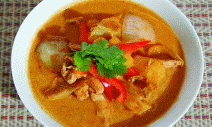
Curry in other countries
Curry does not only differ in taste but also from one region to another. For instance, Britain’s curry is different from India’s curry (Froud & Lo 67). Chinese curry comprises of chicken or other meats, onions, spices and steamed rice. In japan, curries are among the most popular dishes. Japan’s curry is usually served with vegetables or rice, and comprises of onions, carrots and celery. Currently, curry has spread across the world leading to a variation of curry from one country to another (Susanna 23).
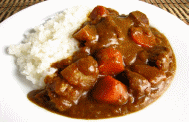
Works Cited
Collingham, Lizzie. Curry: a tale of cooks and conquerors. London: Vintage Books, 2006. Print.
Esterik, Penny. Food culture in Southeast Asia. Westport, Conn.: Greenwood Press, 2008. Print.
Froud, Nina, and Tamara Lo. International curry dishes. London: M. Joseph, 1975. Print.
Jacob, Jeanne, and Michael Ashkenazi. The world cookbook for students. Westport, Conn.: Greenwood Press, 2007. Print.
McClure, John. “8 Health Benefits of Curry | 3FC.” 3 Fat Chicks on a Diet! Famous weight loss support. Version 1. no publisher, 2010. Web.
McDermott, Nancie. The curry book: memorable flavors and irresistible recipes from around the world. Boston [Mass.: Houghton Mifflin, 1997. Print.
Reubenstein, Ben. “How to Make Great Curry: 5 steps (with pictures) – wikiHow.” wikiHow – The How-to Manual That You Can Edit. Version 1. no publisher, 2012. Web.
Tee, Susanna. Curries. Ist ed. Bath, UK: Parragon Pub., 2005. Print.